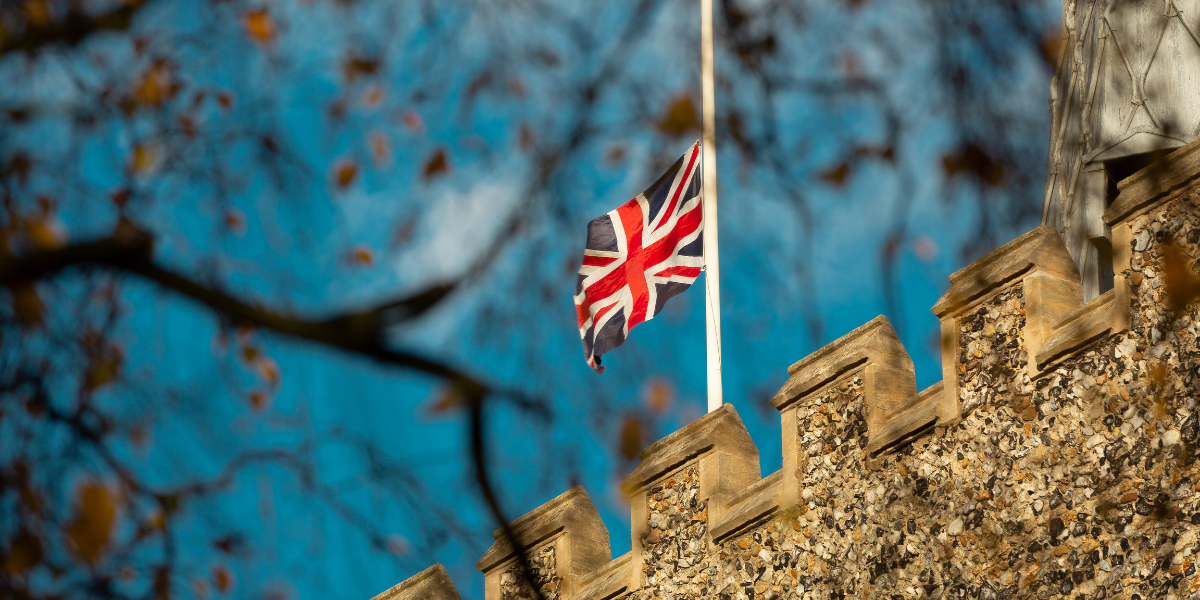If you’ve spent any time browsing the Internet, you are sure to have seen banner advertising. These small rectangular advertisements appear on a variety of web pages and vary in appearance and subject matter.
However, they all share a basic function: Advertising. If you click on one, you’ll be taken to an advertiser’s website/social media/whatever.
how does banner advertising work?
This new medium of education and entertainment has revolutionised the economy, and brought many brands a great deal of success. But where is all this money coming from?
There are a number of ways websites make money, but one of the main sources of revenue is advertising. One of the most common forms of advertising you’ll see on your internet travels is the humble banner ad.
A banner ad is simply a special sort of hypertext link. A bit of HTML code instructs a web server to bring up a particular web page when a user clicks on a certain image – which is the banner graphic.
Because of its graphic element, a banner ad is somewhat similar to a traditional ad you would see in a newspaper or magazine, but it has the added ability to bring a potential customer directly to the advertiser’s website.
Imagine touching a printed ad and being immediately teleported to the advertiser’s store! A banner ad also differs from a print ad in its dynamic capability. It stays in one place on a page, like a magazine ad, but it can present multiple images, include animation and change appearance in a number of other ways.
Essentially, it’s possible for a single banner ad to have any number of variants, allowing advertisers to tweak and improve their ads on an ongoing basis.
Types of Banner Ads
Like print ads, banner ads come in a variety of shapes and sizes.
The full banner (468 x 60px) is by far the most popular, but you will see different variations all over the web. It is important to be wary of the size so it minimises load times for your site.
As you’ve probably noticed whilst surfing the web, actual graphic content, or creatives, vary considerably among banner ads. The simplest banner ads feature only one image, which is linked to the advertiser’s home page.
More common is the GIF-animated banner ad, which displays several different images in succession, sometimes to create the effect of animated motion. It should be noted that with new web standards, animated banner ads will typically be served in a WEBM or WEBP format.
Then there are rich media banner ads – ads that use audio and video. These banner ads, which usually have larger file sizes, are often interactive beyond their simple linking function.
Banner Ad Objectives
A banner ad is a real success if the visitor not only comes to the site but also converts – meaning they transform from a simple visitor to a paying customer for the brand.
Failing a click-through, advertisers hope that a visitor will achieve brand association. This could mean the visitor consciously notes the content of a banner ad and decides to visit the advertiser’s site at some time in the future, or is made aware of the advertiser’s product or service.
This second effect of advertising is known as brand awareness. We’ve all experienced the effects of brand awareness before. Not necessarily a hard sale but just information on the product and/or service which may be crucial in the buying process.
There are several ways a banner ad can be successful and, consequently, there are also several ways advertisers measure banner ad success. Advertisers can explore the following KPIs:
- Clicks: The number of visitors who click on the banner ad linking to the advertiser’s website. Publisher sites often sell banner ad space on a cost-per-click (CPC) basis.
- Impressions: This is the number of times a particular web page has been requested from the server. Advertisers are interested in page views because they indicate the number of visitors who could have seen the banner ad.
- Click-Through Rate (CTR): This describes the ratio of page views to clicks. It is expressed as the percentage of total visitors to a particular page who actually clicked on the banner ad. The typical click-through rate is something under 1%, meaning that CTRs above this higher are very rare.
- Cost Per Sale: This is the measure of how much advertising money is spent on making one sale. Advertisers use different means to calculate this, depending on the ad and the product or service. Many advertisers keep track of visitor activity using cookies. This technology allows the site to combine shopping history with information about how the visitor originally came to the site.
Different measures are more important to different advertisers, but most will use a combination of all the above when judging the effectiveness of a banner ad campaign.
What Makes a Banner Ad Effective?
There are no concrete rules about what makes a good banner ad. As in all advertising, an effective ad is the product of a number of different factors, and there is no sure way to predict how well any banner ad will perform.
A lot of successful ads are the result of trial and error through extensive experimentation: A website puts a banner ad up and monitors the response it gets. If that doesn’t work, the site tries something else.
There can be an infinite number of factors involved – and determining what makes a user click on a banner ad can be tricky. It can be as simple as changing the wording, or it can be as granular as slightly tweaking a tone or shade of colour.
The most important things are to make visually appealing ads with interesting content and to intelligently place the ads so they are exposed to audiences that would be interested in them.
New approaches to banner ads pop up all the time. They can be targeted, and usually, ads that are targeted appear based on the internet user’s activity.
For example, advertisers can buy keyword advertising on a search engine so that their ads are displayed when someone performs a particular search. If an advertiser buys up keywords related to its product or service, it can probably increase click-through rates, because the visitor has already demonstrated an interest in finding sites on that particular subject.
The most important question… do they work?
The answer depends on many factors such as creative, targeting the right audience, and advertising on the right websites. But ultimately, when done right, banner ads are an effective way to reach your target audience.
And reaching the right audience, in the right context, with the right creative, can make for an incredibly successful advertising campaign. To help you better understand why banner ads are an effective method of advertising, here are four reasons why banner ads work:
- The majority of advertising exposure occurs when the audience’s attention is focused elsewhere, such as while browsing a website. Regardless of measured click-through rates, banner ads still usually create a favourable attitude toward the ad due to repeated exposure.
- Sources say banner ad CTRs average at 0.07%. TV response rate is 0.05%. Outdoor has a 0.03% response rate. Radio, which lacks the visual component of the other three media, has a response rate of 0.13%. When compared to other forms of advertising, banner ads ranks as one of the most effective.
- Banner ads have the ability to hyper-target by age, lifestyle, and geography better than almost all other mediums.
- Video and display advertising are effective at driving a significant lift in site visitation and SEO, even in the face of minimal clicks on ads.
It’s all about ROI. Marketers continue to pour billions into banner ads due to the sheer scale and efficiency. Low CPMs, compared to other media, mean that marketers can afford a high volume of impressions at a relatively low cost.
First published in 2013. Updated in 2023 for relevancy and standards.






